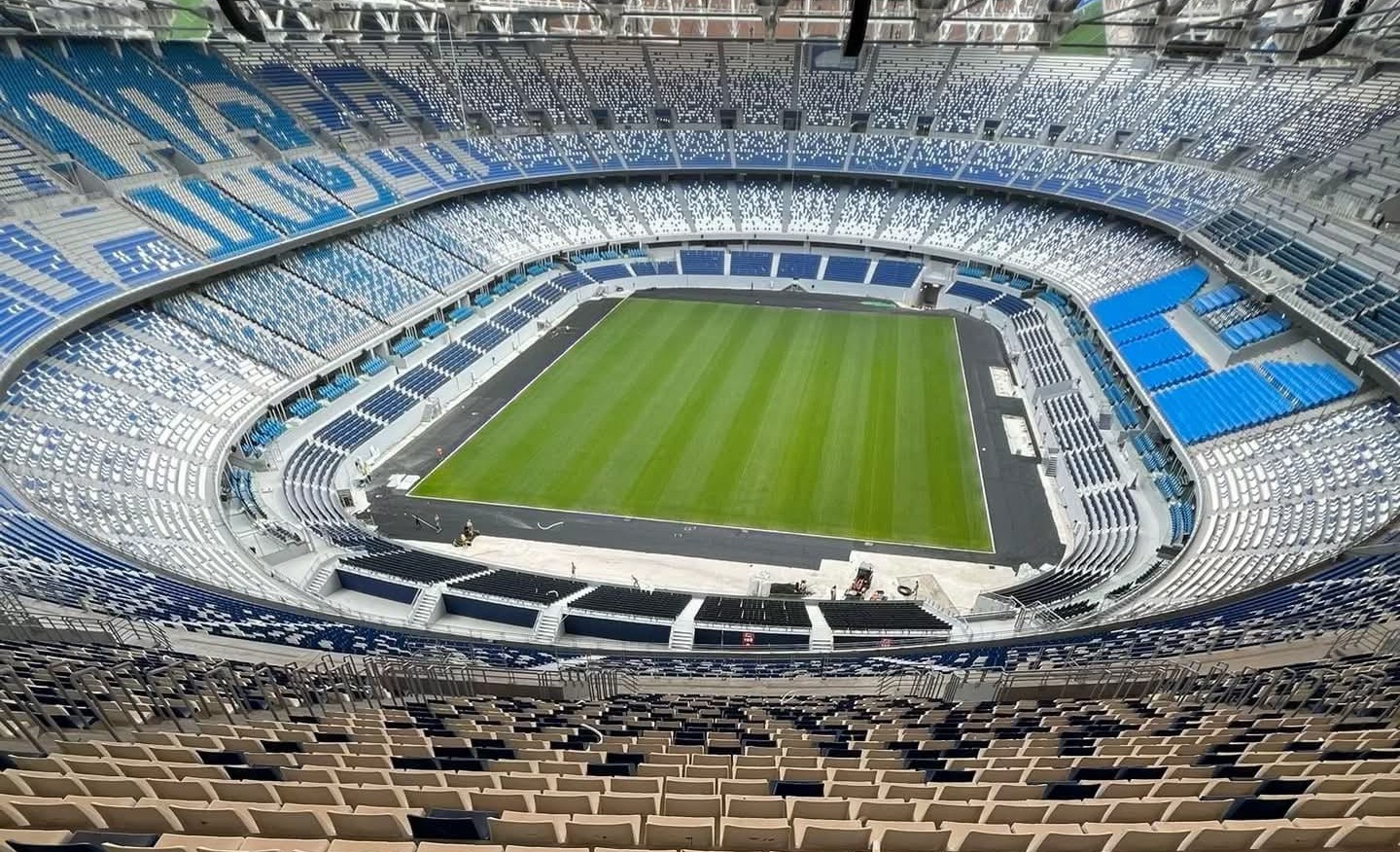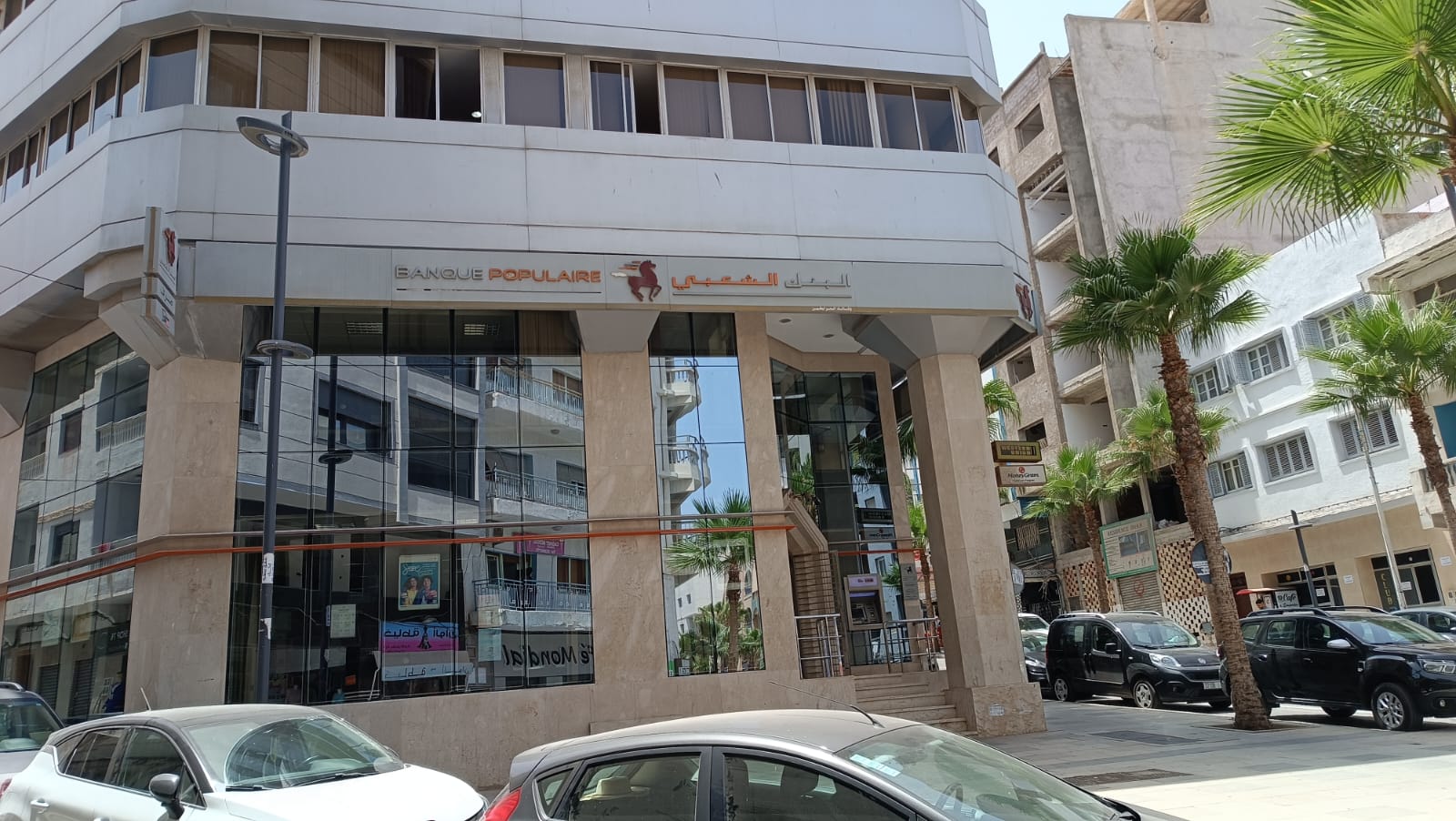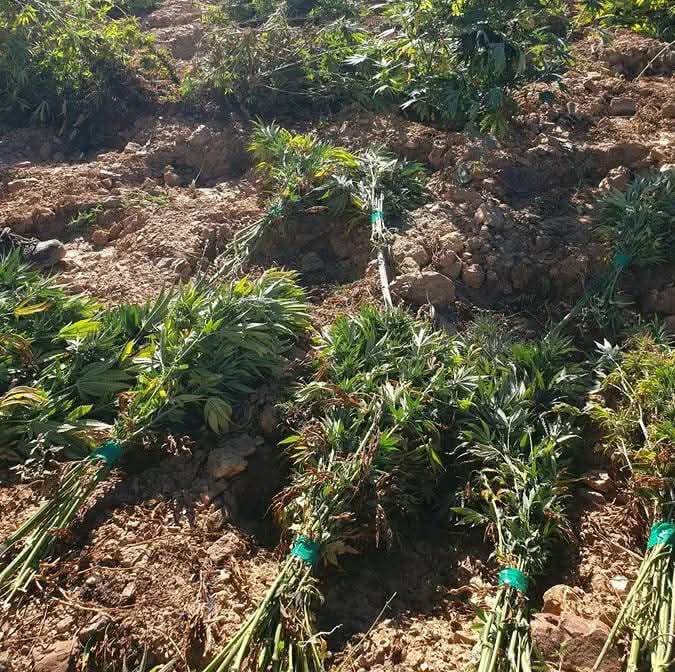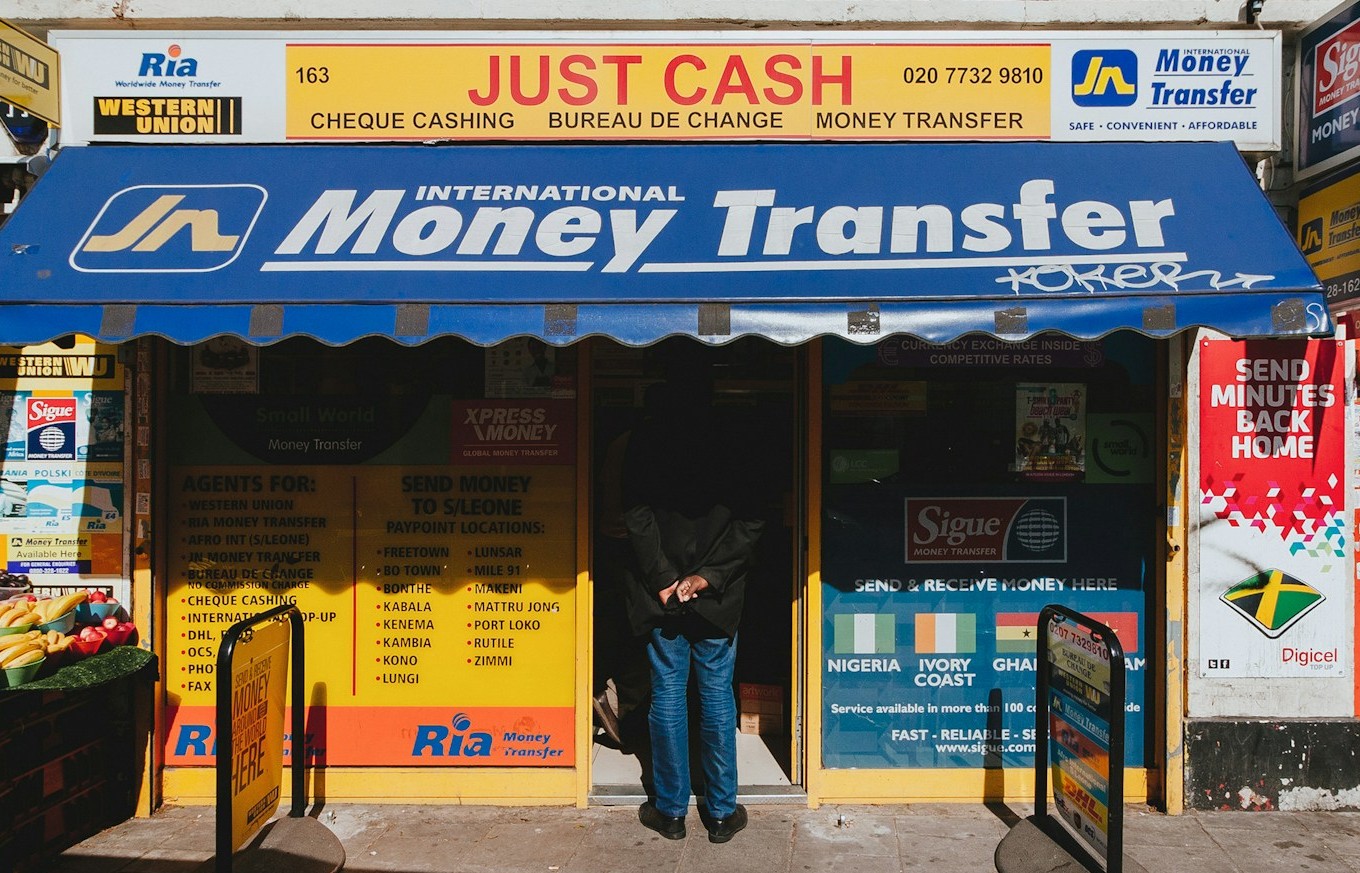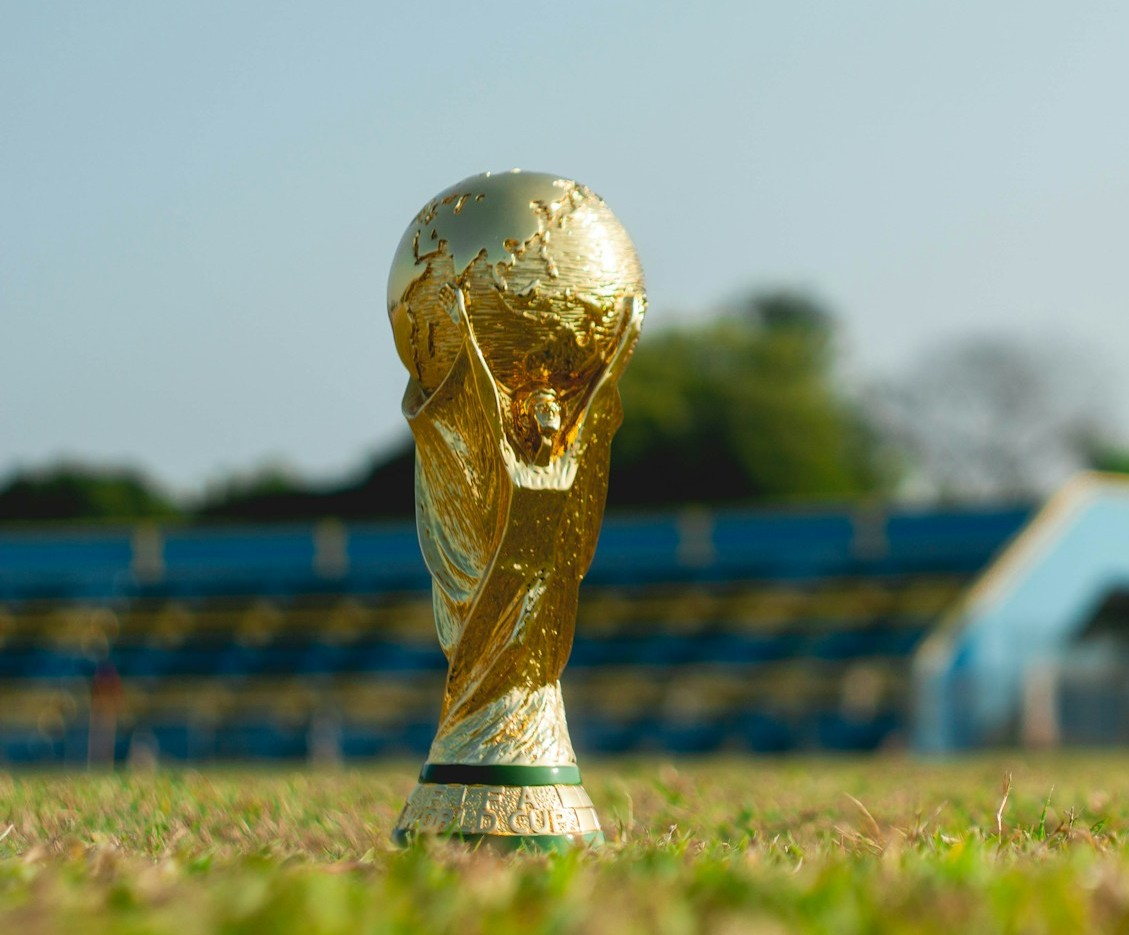Casablanca – At the end of this month, Moroccan banks will begin adjusting their loan interest rates in response to the recent key interest rate reduction by Bank Al-Maghrib. The central bank’s decision to lower the rate from 3% to 2.75% at its latest board meeting is expected to stimulate the demand for loan buyback services and have significant effects on the broader economy.
The reduction in the key interest rate is anticipated to primarily benefit borrowers with variable interest rate loans. These borrowers, especially those with long-term housing loans with repayment periods ranging from 15 to 25 years, are expected to seek loan buybacks to lower their borrowing costs. This trend is also likely to extend to clients with consumer loans and those requiring new loans for urgent financial needs.
The lower key interest rate allows banks to refinance at reduced costs, enabling them to offer more favorable rates on existing loan contracts. This will particularly benefit variable-rate loans, but all rates tied to the key rate, such as Treasury bonds, certificates of deposit, and private bonds, are also expected to trend downward. Borrowers who previously took out loans at higher fixed rates can now renegotiate their terms, potentially leading to significant cost savings.
Customers can utilize loan buyback services with their current bank or switch to a new bank, which might offer better terms. New banks generally treat the buyback as a fresh loan, with potential rate differences reaching one percentage point or more. This competitive environment among banks has motivated many borrowers to explore loan buybacks, often leveraging offers from rival banks to negotiate better deals with their current lenders.
However, the process of loan buybacks is not without additional costs. Borrowers must consider early repayment penalties, mortgage release fees, and re-registration costs for the new bank’s mortgage, along with notary fees. Additionally, they will lose their original death and disability insurance coverage and need to purchase new insurance with the new bank.
Choosing the right time to pursue a loan buyback is crucial for maximizing benefits. Customers should wait until the new lower rates are fully implemented to ensure their applications are processed swiftly. It is also important to consider the number of installments and the repayment period already covered in the old loan to minimize losses when switching to a new lower-interest loan. The new interest rate should be sufficient to cover the buyback costs to make the process financially advantageous.
Many customers are unaware of the possibility to transfer their insurance policy to another insurer or request a refund for the remaining portion from their original bank. Understanding these options can help borrowers save additional costs. Additionally, it is essential to recognize that renegotiating or buying back a loan from another bank is not always profitable. The remaining principal must be substantial for the operation to be worthwhile. Completing the buyback or renegotiation before the end of the first third of the loan term is advisable, as early monthly installments primarily consist of interest payments. For instance, a customer who has paid a 25-year mortgage for 10 years will not benefit from renegotiation or buyback, having already paid the majority of the interest.
Bank Al-Maghrib’s decision to lower the key interest rate is set to have widespread implications for the Moroccan economy. By making borrowing more affordable, it could stimulate consumer spending and investment, driving economic growth. However, borrowers must navigate the complexities of loan buybacks and refinancing to fully benefit from the lower rates.


